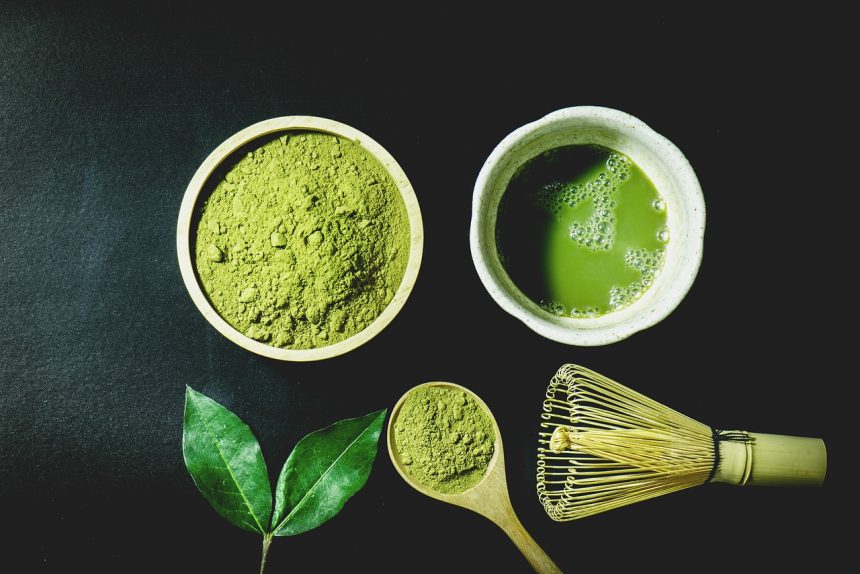Supply Running Dry as Demand Hits Fever Pitch
Global demand for matcha—the finely ground Japanese green tea powder—has surged, driven by TikTok, wellness trends, and post-pandemic tourism, creating shortages across major markets. Japanese producers simply cannot keep up with this rapid consumption spike.
Japanese Producers Struggling Under Pressure
Matcha exports account for more than half of Japan’s green tea trade, yet only around 6% of harvested tea becomes matcha. Production is inherently limited due to its labor-intensive process, reliance on shaded tencha leaves, and dwindling tea farmer numbers. Despite volume growth over the last decade, 2025’s harvest yields have declined sharply, particularly in Kyoto’s Uji region—home to the highest-end matcha.
Crop Crisis: Heatwaves and Tariff Turbulence
Extreme heat in spring damaged tea bushes and reduced tencha yields—critical for matcha production. At the same time, looming 15% U.S. tariffs on Japanese specialties, including matcha, have further squeezed supply chains and raised prices, prompting preemptive bulk buying.
Price Surge and Market Fallout
Auction prices for Uji tencha rose by over 100–160% year-on-year, translating to similar hikes in matcha retail pricing. Tokyo shops have ceased certain varieties, and high-grade ceremonial matcha is frequently sold out. In global cities like Houston and Los Angeles, cafes report major stockouts, rationed offerings, or menu price hikes, as wholesale volumes vanish within minutes of availability .
Culture Clash: Tradition vs Trend
Japanese consumers and purists express concern over matcha’s commodification. Influencers labeled as “MatchaTok” are criticized for hoarding and diluting tradition. Several Kyoto matcha shops have imposed strict purchase limits, and certain producers have abruptly stopped retail sales to manage demand pressure.
Forecast: Recovery May Be Years Away
The matcha industry faces structural hurdles: aging farmers, limited mechanization, low grind capacity, and variable harvests. Though 2026 may see slight improvements, sustainable recovery hinges on government support, diversification of growing regions, and investment in quality-controlled production—steps already endorsed by Japanese agricultural officials.
Final Take
Matcha has evolved from a ceremonial ritual to a coveted global commodity—but the supply chain is buckling. Rising prices, retail shortages, and growing scrutiny about sustainability highlight the imbalance between viral demand and traditional cultivation. Until production stabilizes, matcha lovers worldwide may need to sip more sparingly.










